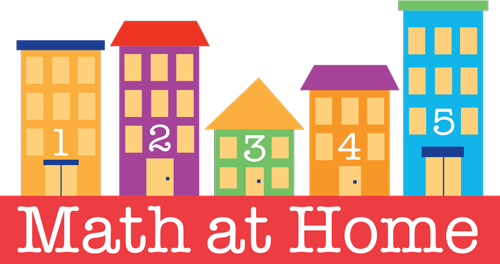What Makes a Good Newsletter?
Using newsletters as a means of communicating regularly and officially with families is one tried and true system that works, when it works. Good newsletters can set the tone for ongoing, reciprocal interactions between the world of child care and the world of home. Bad newsletters can make parents feels isolated, reprimanded, unsuccessful at their job of parenting, and disengaged from the community. Eventually, bad newsletters do not get read – they get thrown into the back of the car or the nearest trash can.
The first and most important quality of a good newsletter is tone.
Can you hear the difference in tone between the first example and the second one?
1 .Parents – Many of you still have not brought in an extra set of clothes for your child. This is the 3rd reminder. We are planning some great activities this month that include a lot of outdoor adventures but we won’t be able to go ahead with them if everyone doesn’t get the spare clothes in.
2. Parents – This month we are beginning our study of Bugs! Your children and I are so excited to get going on our outdoor adventures. If you haven’t already, please bring in an extra set of clothes for your child just in case s/he gets messy or muddy outside. We plan to start on Monday. Let’s all hope for a warm, sunshiny day. If you want to stop by, we would love to see you. You are always welcome!. Please let me know if you have questions about this or anything else.
Even though the tone of the first example is not terrible – it does sound like a reprimand. Parents know if they have not done what has been asked. They don’t need to be yelled at via a newsletter. It doesn’t help them feel competent as parents or successful as members of their children’s childcare community. If the goal of writing newsletters is to make parents feel bad – then the first example wins.
If the goal of writing newsletters is to help parents feel included and competent then the second example is a much better way to go. It invites parents to participate (inclusive), it invites two-way communication (reciprocity), and it allows for mistakes (we are not perfect either). A good program makes sure that there are extra clothes on hand just in case they are needed and understands that the very complicated and hectic lives of young families may need a little forgiveness and understanding when it comes to meeting deadlines or remembering small tasks that slip the mind.
